|
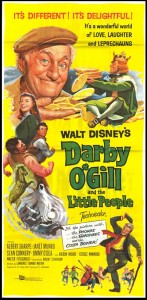
Synopsis:
An elderly Irishman (Albert Sharpe) whose livelihood is about to be taken over by a strapping young stranger (Sean Connery) earns three wishes from the king of the leprechauns (Jimmy O’Dea), but struggles to determine how he can best guarantee the happiness of his grown daughter (Janet Munro), who is being pursued by a bullying local (Kieron Moore).
|
|
Genres, Themes, Actors, and Directors:
- Cat-and-Mouse
- Fantasy
- Folk Tales, Fairy Tales, and Mythology
- Ireland
- Leprechauns
- “No One Believes Me!”
- Sean Connery Films
Review:
I was pleasantly surprised to visit this live-action Disney film for the first time recently, and to learn that it fully deserves its status as one of the best in its genre. The clever, dialect-filled script (based on early-20th-century stories by Herminie Templeton Kavanagh) will appeal to adults as well as kids, bringing ancient legends of leprechauns to life within the realistic context of a garrulous old man who may or may not simply be spinning tall tales. The performances are top-notch across the board — most notably Albert Sharpe as wily Darby O’Gill (I’m glad he was cast rather than Disney’s first choice, Barry Fitzgerald), and an entirely convincing Jimmy O’Dea as pint-sized King Brian; we never tire of seeing these two interacting with one another in a relentless yet consistently respectful game of cat-and-mouse. Janet Munro, meanwhile, sparkles as Sharpe’s strong-willed daughter, and Sean Connery is suitably handsome as her would-be lover; smaller supporting roles (i.e., Estelle Winwood as a meddling old neighbor) are also nicely filled.
But it’s the truly stunning special effects which really impress, as full-sized Darby interacts seamlessly with tiny King Brian, and the leprechaun kingdom is brought to magical life. A special “must-see” documentary on the DVD goes behind the scenes of the film’s production to reveal the genius of Peter Ellenshaw’s special effects, which ranged from labor-intensive use of forced perspective to strategic integration of gorgeous matte backgrounds (meticulously painted by Ellenshaw himself). The later presence of a menacing banshee and “death coach” floating in the air are a bit less spectacular, but still quite spooky (as attested by legions of viewers who recall being scared witless by them as children). Thankfully, the film’s impressive special effects are put to good use within a story that remains engaging and suspenseful until the very end; you will likely find yourself believing just a tiny bit in leprechauns yourself by the time the film is over.
Note: I recommend watching this one with subtitles running, to catch all the nuances of the rich dialect spoken by the characters.
Redeeming Qualities and Moments:
- Albert Sharpe as Darby O’Gill

- Jimmy O’Dea as King Brian
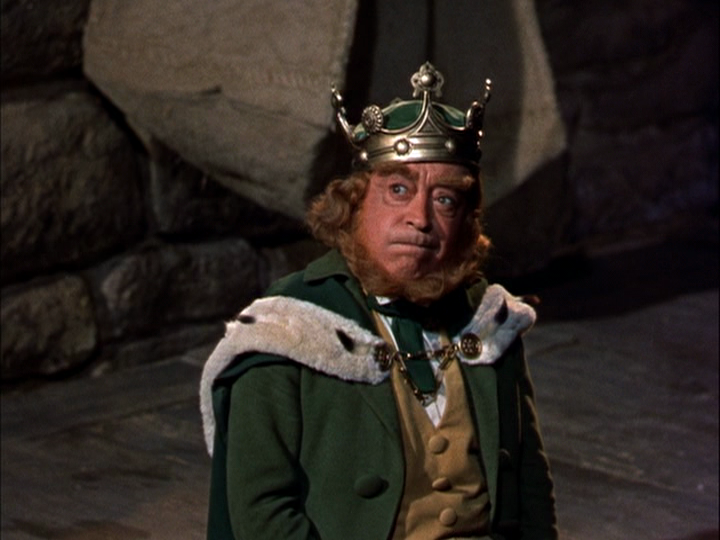
- Janet Munro as Katie O’Gill
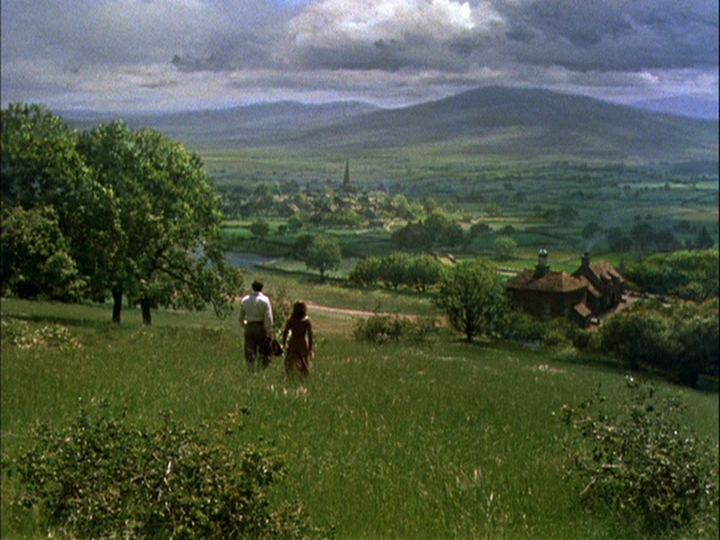
- Sean Connery as Michael McBride

- Truly stunning special effects and sets
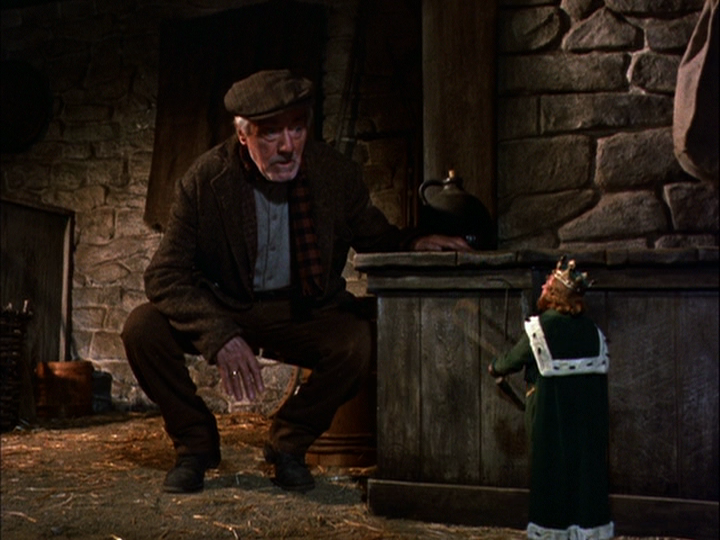


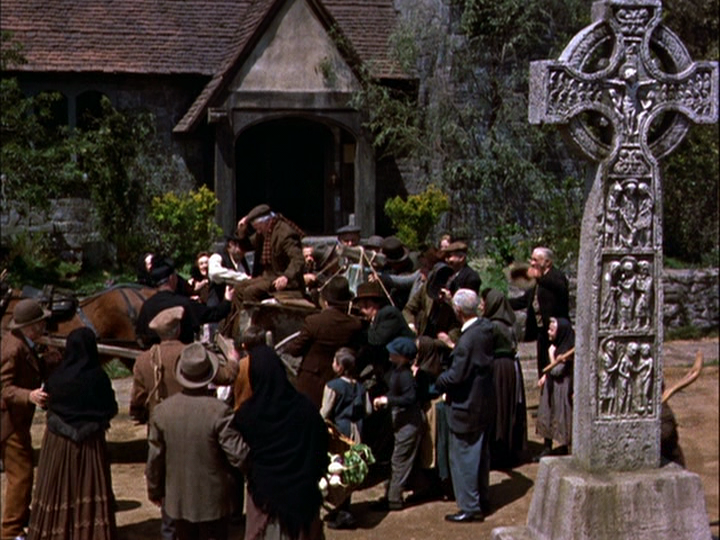

- Oliver Wallace and Lawrence E. Watkin’s lilting score
Must See?
Yes, as an unsung gem from Disney’s vaults.
Categories
- Good Show
- Historically Relevant
Links:
|









One thought on “Darby O’Gill and the Little People (1959)”
A reluctant (and I’ll tell you why) once-must, for its place in cinema history.
I’m rather in agreement with most of the assessment (and, on my first revisit since childhood, esp. enjoyed the Sharpe-Munro father-daughter relationship as well as Sharpe’s fellowship and battle of intellects & wit with O’Dea). Most of the film’s first 1/3 comes off a bit pedestrian, but the exposition is shaped nicely and, as the story really kicks in, there are some nifty surprises and twists to keep things lively.
My own feeling, however, is that the film is ultimately undone (in tone and logic) by the appearance of the dark elements that come into play near the tale’s end. Though the visuals of impending doom are arresting and dramatic, certainly…from out of nowhere, young viewers are suddenly blindsided with visions of Hell that send the message that death is something to be feared above all else (?!!!). I don’t doubt that this development in the storyline comes directly from Irish folklore, but cripes! What an upsetting damper it puts on an otherwise thoroughly engaging film.